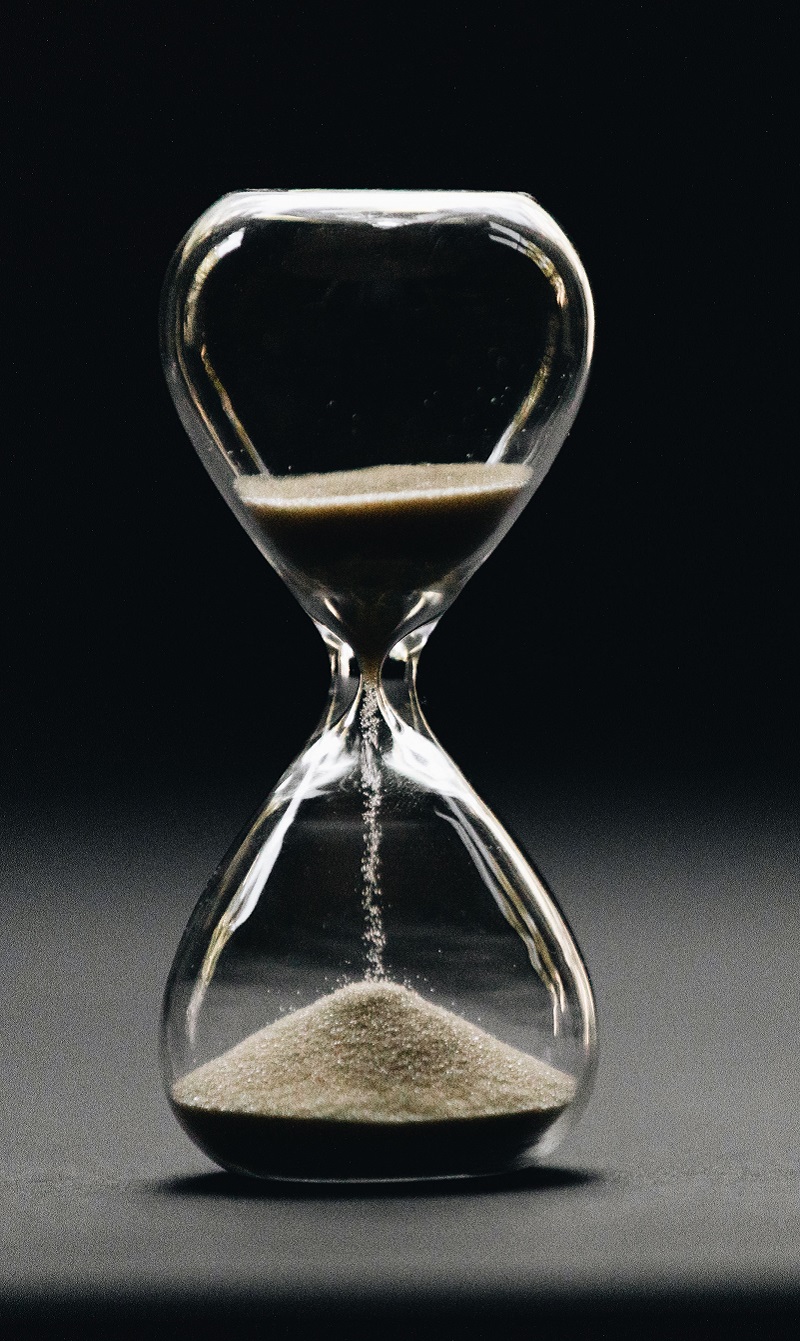Trendy Predictors of Economy
Music preference, hair length, hemlines and unorthodox fashion styles are as much predictors of economy as, say, the stock market. This makes sense since lifestyle industries, such as music and fashion, are significant contributors to many countries’ GDP. Here we summarise the how and why.
Fashion shows in Paris are legendary. The likes of Chanel and Yves Saint Laurent have, very impressively, recreated the Eiffel Tower as well as a forest of felling trees in the Parisian historic site of Grand Palais, and a body of water underneath the Eiffel Tower, as their fashion show runways. Needless to say, these shows are major crowd-pullers.
For France, fashion makes a big impact on their economy – almost three percent of their GDP, in fact, and creates around a million jobs. Fashion is, after all, a multi-billion euro industry for them and has kept Paris known as the most fashionable city in the world. Paris Fashion Week alone generates more than a billion euro in revenue.
Therefore, it is of no surprise that fashion is one of the key ‘trendy’ predictors of economy, namely the length of hemlines – short hemlines forecasts a positive outlook while longer hemlines forecasts a conservative economy.
In fact, a decade ago, a Newsweek article reported how, ‘Fashion, by nature, is about perpetual change, which raises the question: what comes next. This question in the context of fashion is not much different from the question policy makers are asking. The next shift in fashion trends will signify more than just hemlines. It will also potentially signify the direction in which the economy and the social mood are headed. If the prevalence of the dress is a reaction to our collective unease, then a shift to more unorthodox styles might signify greater social security.’
Noting the latter part of the statement from the 10-year old Newsweek article, today, it has been observed how in the midst of a volatile economic trend and rapid technological disruptions, the trend of gender fluidity has birthed unorthodox styles such as genderless fashion. Not to mention the currently ubiquitous asymmetrical hemlines!
The other economic trend predictor, according to research, is music. A huge influencer of ambience, human mood and a big contributor to the economy of countries such as South Korea at almost half a billion dollars and America at almost USD6 billion, music streaming apps such as Spotify has been looked upon as a predictor of economy.
Recently, it was reported that the Bank of England’s chief economist, Andy Haldane, has urged his colleagues to examine the musical mood of the nation when contemplating changes to the Bank’s interest rate. The question here is: How could an increase in Taylor Swift downloads or a decline in the popularity of rock and roll be relevant for managing the economy?
Well, for starters, an app such as Spotify affords a large amount of data with its 200 million active users per month streaming the 40 million tunes they bank. What’s more, almost half of these users are between the ages of 18 – 29, which is the age group that drive social media platforms and half of the world’s population.
In 2018, researchers from Claremont Graduate University have shown that sentiment may be extracted from pop music top 100 lists and music platforms such as Spotify. What’s more, these new sentiment indicators are at least as useful as conventional surveys of consumer confidence. Studying music charts from before and after the 2008 global economic crisis, the researchers found that, ‘after the crash, the frequency of words associated with anger and disgust increased while the frequency of words associated with trust decreased.
This type of evidence strongly suggests that music consumers’ states of mind do have a bearing on what music they choose to pay for and listen to.’ Basically, and obviously, the more upbeat and cheerful a melody as well as lyrics are, the more positive the outlook is, and vice versa.
What these factors point to is, not only popular music but also lyrics are possible predictors of economy. Furthermore, as concluded in a WEF article, music streaming apps are owners of data that can ‘help build a far more detailed map of economic sentiment than top-100 lists. Because these companies have data on individual households, we could even create sentiment indexes for different regions and groups of people, for example, based on how much they earn.’ The article also concluded that as bizarre as asking economists to consult the musical mood of a nation as part of their research, it is far more beneficial to adopt the big data approach and should be seriously considered.
One more indication of how the economy is doing, is by observing if consumers are comfortable spending again and particularly, on their hair. As reported in a 2012 CNBC article, John Paul Dejoria who is the founder of hair care company Paul Mitchell, told Business Insider that, ‘Beauty salons are the best economic indicator. Typically, customers will visit every six weeks; in downturns, that drops to every eight weeks. When it goes up again, things are on the mend.’ Furthermore, the article reported that ‘the outlook for salons continues to look good. According to the Bureau of Labor Statistics, there will be a 15.7 per cent increase in the number of hairdressers, hairstylists and cosmetologists by 2020.’
While economic experts, financiers and the like, are likely to use a more precise science to gauge the up and downturn of economy, and the impact it will have on us, these more lifestyle methods help gauge the society’s perception of it. In turn, as reported in the WEF article, ‘behavioural economists use to make predictions about how it will respond to different policies. For example, if people are generally pessimistic about the economy then raising interest rates might encourage them to stop borrowing and spending by so much that it harms the economy.’
In a nutshell, the music and clothes you choose not only influence what is produced for consumption but also influences the trend of the economy. What’s more, as long as people keep their hair short, the economy will keep growing. Now, there’s something to think about the next time you compile a playlist on Spotify, shop for a new wardrobe or pay a visit to your hairdresser.
Photo by Bruce Mars on Unsplash





